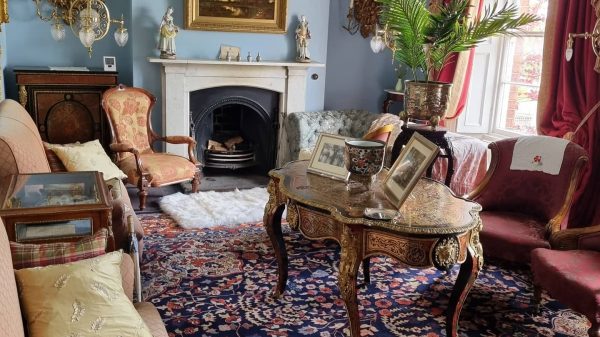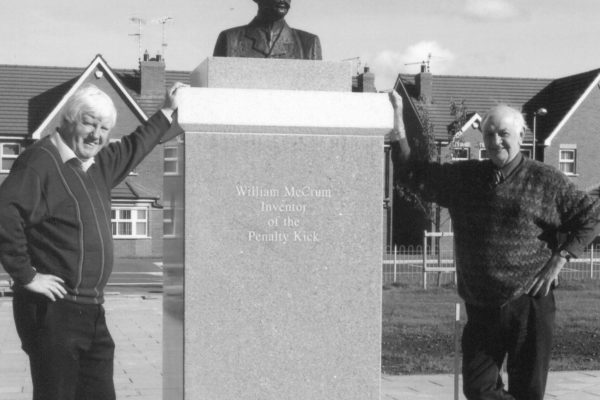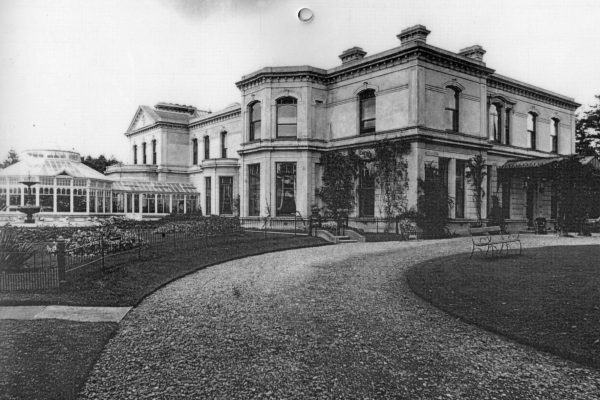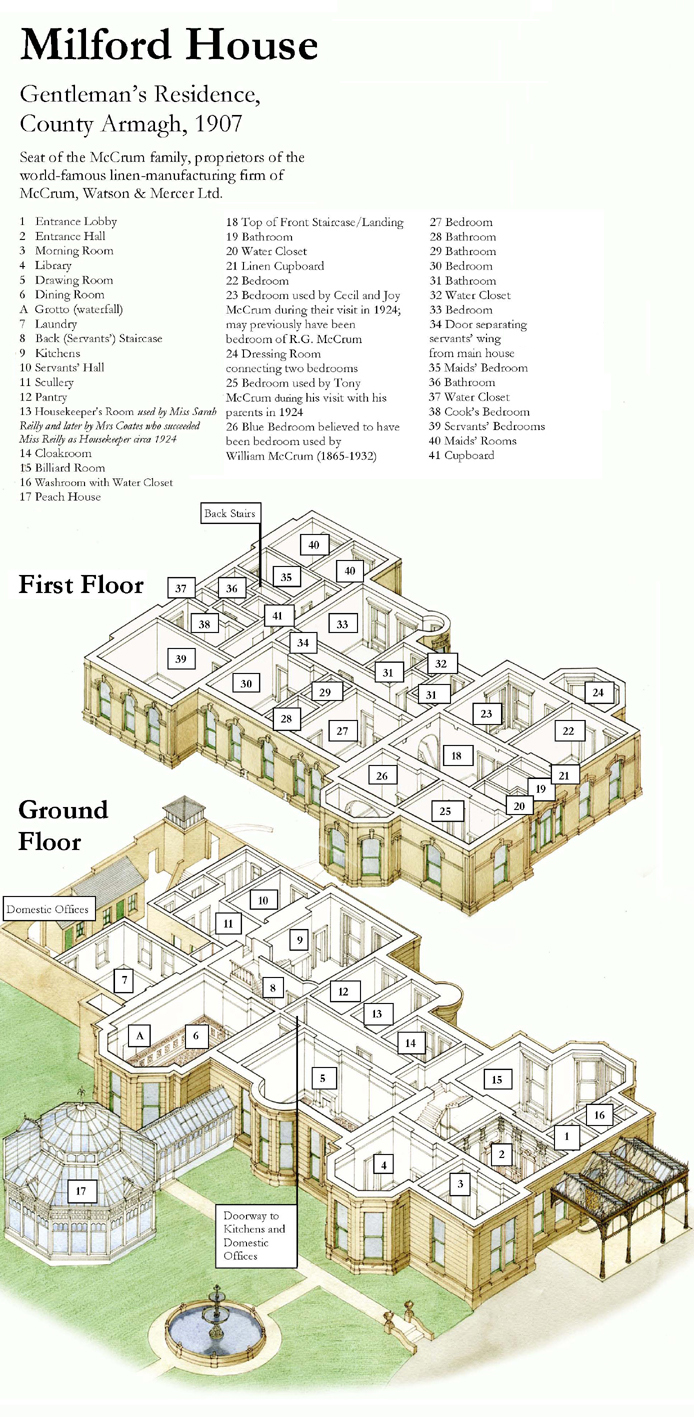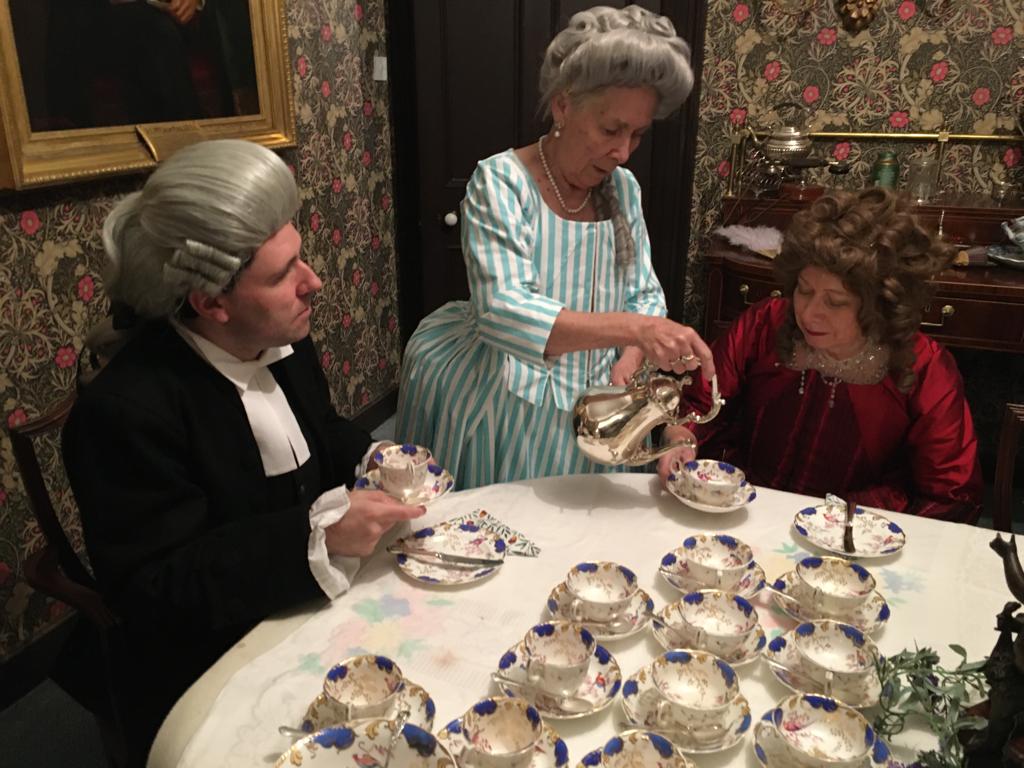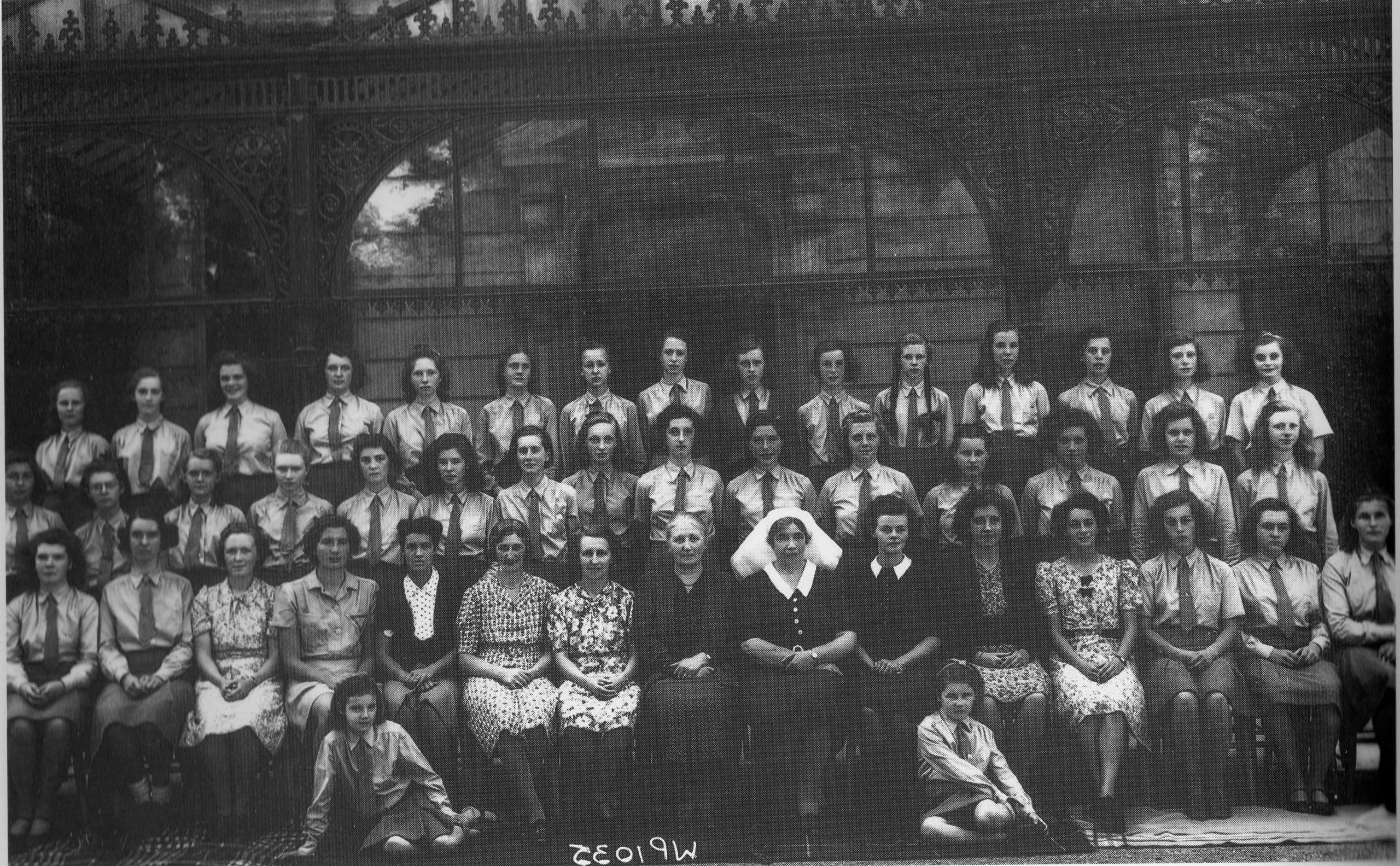Home of the penalty kick
Today Milford House and village is world famous because William McCrum invented the penalty kick rule in football in Milford village. Somewhere in the world Milford House and the penalty kick appear in some form of media somewhere every five minutes! Film crews come from all over the world and it even features in German school textbooks.
William McCrum was born at Milford in 1865, the only son of a wealthy Irish linen manufacturer who built the village. He was educated at Royal School Armagh and Trinity College Dublin. He proved to be a brilliant and well read scholar. A keen sportsman by nature, he became specifically interested in soccer football and cricket and began developing Milford as a sporting village. He started a football team and also a cricket team.
He was a goalkeeper for Milford when he hit on the idea. In the club’s first season (1890-91) playing in the Irish League against top opposition such as Linfield and Cliftonville, they ended bottom of the pile suffering heavy defeats in most games. It was a mark of McCrum’s influence that Milford, a relatively new beginners had gained entry to top bracket football.
McCrum was obviously no fan of foul play and as a result devised the penalty kick to thwart unsportsmanlike behaviour. From his vantage point between the posts he had every opportunity to witness the manner in which in which the purity of the sport was being corrupted. He was a gentleman and would have been disgusted by such illegal measures becoming an outspoken critic of rule breaching and unsporting behaviour on the field. It triggered his thinking along the lines of a deterrent, a punishment, a penalty.
But why should a goalkeeper above all people come up with such an idea.The penalty kick is, of course,a supreme moment of drama and self-sacrifice that places the goalkeeper, generally a bystander, centre stage. Yes, it may stack the odds against the keeper, but it does make him, heroically,even tragically the star of the show. Mc Crum’s love for theatre and theatricals may have prompted him to come up with the idea.
He also held an influential position with the Irish Football Association and had a flair for administration. It took another administrator to realise the penalty as we know it to day. Jack Reid, the centre forward for Cliftonville and with six Irish caps, recognised just how ingenious McCrum’s suggestion was. As general secretary of the Irish Football Association he attended the annual general meeting of the International Board in 1890 but clearly the Board members were not in the mood for momentous amendments to the Laws.
McCrum’s proposal created a storm of protest in the press and the football establishment was shaken to the core. Opponents of the innovative idea poured scorn over McCrum describing his suggestion as the “Irishman’s Motion”. For the English, who were convinced that only gentlemen pursued the fledging sport of football, the mere thought of such a suggestion was sacrilege. A gentleman would never deliberately kick an opponent. Introducing the penalty, which the press sensationally derided as the “death penalty”, was indirectly admitting that the teams and players often resorted to ungentlemanlike methods. It was agreed never the less that the proposal be again included on the agenda for the next annual meeting.
The growing popularity of the F.A. Challenge Cup led to matches being contested with increasing zeal often resulting in fair play falling by the wayside. Sot it was no surprise when an incident that occurred during a quarter-final match between Notts County and Stoke the tide of sentiments turned. Notts County had been leading 1-0 up the last minute, when a defender stopped the ball with his hand for the goalkeeper. Stoke were awarded a free kick a few centimetres in front of the goal line. It was easy to imagine the uproar that ensued with the Notts County goalkeeper legitimately stood directly in front of the ball and blocked it without flinching. Action was necessary and only a radical measure could expiate the grievance.
2 June 1891 was the turning point. The Board met at 6 o’clock in the evening in the Alexandra Hotel, Bath Street, Glasgow with the press excluded. The penalty kick became law. It was a red letter day for the International F.A. Board and football. It was for William McCrum, vindication of his ideals and the “Irishman’s Motion.”
As a young boy growing up I heard my father refer to McCrum’s invention but it really meant very little to me at the time. It was something that was rarely talked about in the village; it was as if the McCrum’s, their dynesty and all about them was now part of the past. In the modest sleepy village where he was born and contributed to unsparingly, the penalty kick invention was simply listed as another piece of McCrum ingenuity in keeping with the family’s incredible innovative flair.
Amazingly nothing was ever done to commemorate his invention until almost a century later. With the drawing of the new millennium, Milford having seemed frozen in time for generations began changing. Developers were moving in and building new homes on the wide open green spaces that had been very much part of the old village.One of the sites earmarked was William Street field, the former football ground, where the penalty kick was spawned. Residents opposed the plans on the basis of the historical attachment as well as the fact that most of the farm land was now being eaten up by developers. And so the McCrum story came to life again.
Milford factory closed in 1980 the lifeblood of the village had been drained and Milford was rapidly joining the ranks of forgotten villages. It was only in 1997 when the field in Milford where the penalty kick was invented that it came under threat of development. Joe McManus a village resident and the Milford Community Development Association were instrumental in the campaign to save it. The English press jumped on the story claiming that the site was ‘sacred ground’ and must be preserved. Football icons like Gary Liniker, George Best, Pat Jennings and Neil Lennon all joined in support. Sepp Blatter, then football’s top man also backed the campaign. There was a hardly a day that some English radio station didn’t contact me about the story. Gary Lineker also came over to make a BBC documentary. When he visited McCrum’s grave in St Mark’s Cemetery, he gazed into the plot and smiled “this man has surely a lot to answer for’. Lineker, of course, along other famous English strikers Chris Waddle, Stuart Pearce, Gareth Southgate, Frank Lampard, Steven Gerard, Jamie Carragher and John Terry lost their nerve in crucial penalty shoot-outs.
The campaign to save the penalty kick field could not have been bettered timed as the rule had become such an integral part of the sport. World Cups were now being decided on penalties. And because of the extensive publicity the issue generated, the Planners were left with little option but to negotiate with the Milford Village Committee. A compromise was reached and the committee was given a sizeable portion of the field, almost the size of a football pitch, to develop a memorial park thus finally giving McCrum his due recognition on a global scale.
McCrum’s invention has since been adopted by other sports including the GAA who included the rule shortly after the inventors death in 1932. Its unquestionably football’s highest profile law. And so Milford, a village unique in the world’s sporting annals had won its five year battle to honour the memory of its most famous son, the final row of red-bricked factory homes to be built. The name Linen Green represents Milford’s proud industrial past, as the home of Irish Linen. It’s only but fitting that the lay out of this modern estate should take the shape of a goalpost with McCrum Park, now a major tourist attraction, the centre piece.
In 2010 McCrum Park was officially opened by former Northern Ireland international Gerry Armstrong whose priceless world cup goal against Spain in 1982 made his name household. The sun shone gloriously as if in full approval. So why did it take so long? The fact remains had the site not have come under threat from developers the story of the penalty kick invention may never have come to the fore. The internet is now full of it. It was a stroke of good fortune for the village earning it the rightful tile of ‘The Home of the Penalty Kick’.It’s somewhat ironic that after so many years living in the shadows of his father’s brilliance and achievements that William McCrum, the man who died penniless is now a world renowned sporting figure. This would never have happened had the field, that for many years previous grazed cattle,not have come under threat. It was here that 125 years ago in a moment of genius a young goalkeeper came up with the idea that would change the face of the world’s most famous sport for ever. That young man’s name was William McCrum.
For more information on Milford House and William McCrum visit www.milfordhouse.org.uk or telephone: 02837525467






